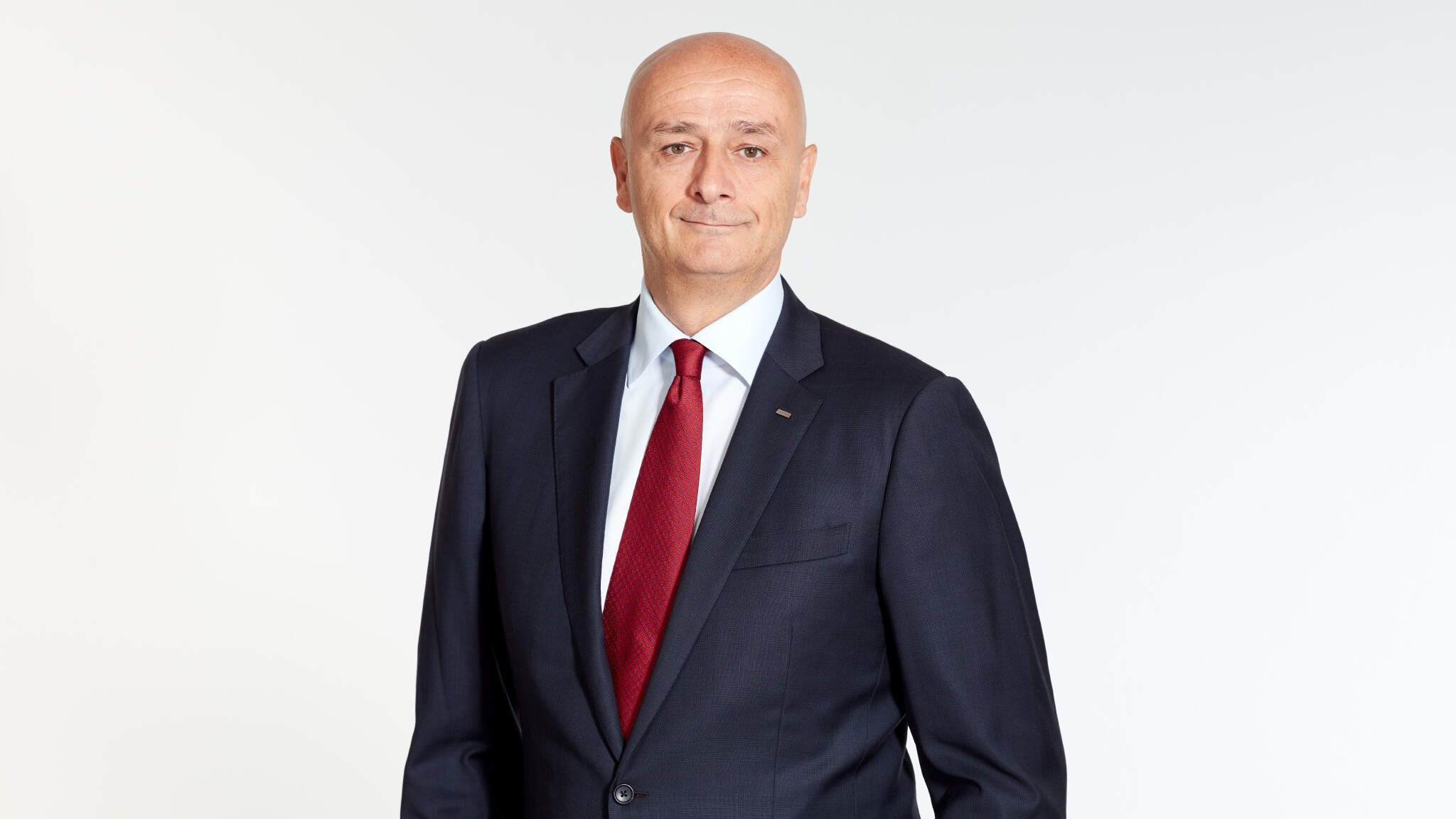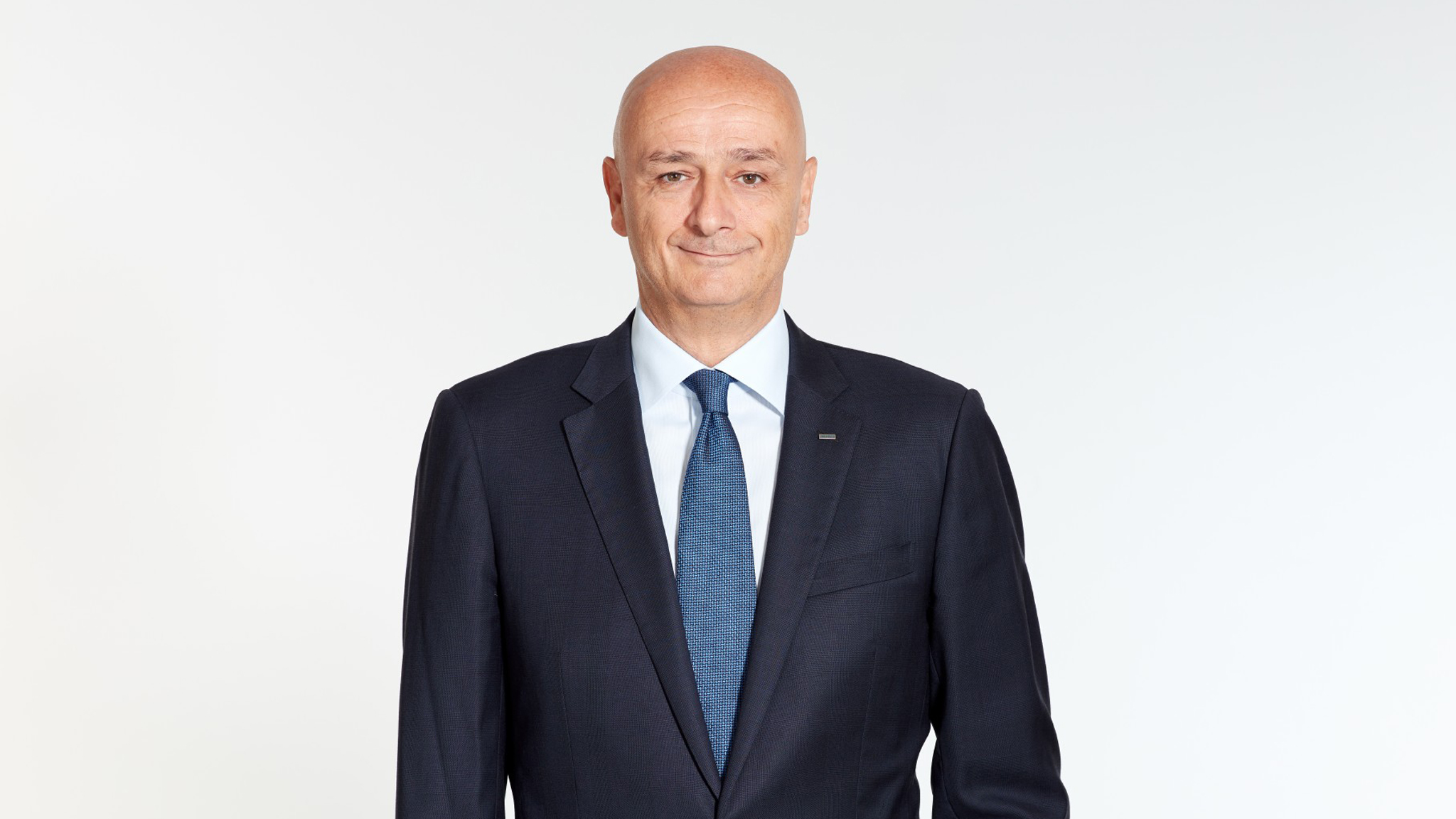New solutions for a new age

Edoardo Podestà, born in 1962, has been Chief Operations Officer (COO) of the Air & Sea Logistics business field since October 2019. He also leads the ASL Asia Pacific business unit, where he has been at the helm for the past eight years. We talked to him about global logistics in turbulent times.
Mr. Podestà, we’re currently video conferencing with you in Hong Kong, where you live and work. Are you back to taking more business trips now?
Podestà: Business trips had indeed completely disappeared from our daily work routine for a long time due to the pandemic, and they’re still a challenge. For instance, I first had to quarantine when I came here from Europe in the spring. I wasn’t allowed to leave my hotel room in Hong Kong for a week and I had to get tested every day. Only once all my tests were registered as negative was I able to move about freely again. The pandemic simply isn’t over yet, and Hong Kong and China have tight security measures in place and strictly enforce them. We’re living in unusual times.
The outbreak of the pandemic two and a half years ago caused an unprecedented shift. We live in a different world today. This is particularly noticeable in logistics: lockdowns in China, faltering supply chains, and capacity bottlenecks, not to mention heavy workloads for employees—and now the war in Ukraine, too, with major consequences for global trade. Many things really are happening all at once. But they also say there’s an opportunity in every crisis. Holding its own in situations like these is the mark of a well-positioned company.
What do all these developments mean for logistics?
In the corporate world, logistics had generally tended to play second fiddle to products and production. Sure, it was important to keep an eye on transport costs—above all, they ought be as low as possible. But this crisis is now making it clear to everyone that supply chains and logistics are more than mere accessories and a cost factor. They are highly relevant and of systemic importance. This is especially true in societies based on the division of labor, where many production steps and components need to be combined in a balanced and meticulously planned process—often even across borders and continents. So logistics is an important part of the business model and has moved us into the spotlight as a competent solutions provider.
Capacity in air and sea freight was already at its limit even before the pandemic. The crisis greatly exacerbated this situation. Some ports were brought to a complete standstill or, as a result of COVID-19, were operating at reduced capacity. Many aircraft remained on the ground, and “belly freight”—cargo transported in passenger aircraft—was unavailable for a long time. In Europe and Asia, plants scaled back their production; economic centers in China—and especially Shanghai—went into lockdown, affecting more than three million people. This, in turn, put increasing pressure on high-quality logistics solutions. Anyone can book a container, but being able to offer reliable services even under these extraordinary circumstances—that’s what makes the difference. Our employees performed extraordinarily under this stress. And our customers notice this, too, and now place greater value on service and quality.
How is the war in Ukraine impacting global supply chains? And how are these unusual times showing up in the business figures?
The trade lanes between North Asia and Europe have been hit hard by the war and the sanctions. For air freight, the closure of the airspace over the warring countries means that flights take about two and a half hours longer. This means they need to carry more fuel, the cost of which has gone up and the weight of which reduces the possible cargo load. This, in turn, impacts costs and pricing. Rail transportation between Asia and Europe has come to a standstill, since most of the route passes through Russia. European customers, in particular, had recently begun to favor this option as an attractive alternative to sea freight. All this, combined with the lockdowns in China, means that for resilient, efficient supply chain management, the focus is on mature logistics networks like Dachser’s.
In 2021, our revenue in the air and sea freight business increased 78.3 percent, from EUR 1.2 billion to a current figure of over EUR 2.1 billion. All three Dachser regions played a part in this extraordinary growth: ASL Americas increased its revenue by 60 percent, APAC by 74 percent, and EMEA by 80 percent. The short supply and high demand in air and sea freight led to a particularly sharp rise in prices in this segment. We also saw a significant increase in shipments. But it’s not just our numbers that have been growing, it’s also our quality.
There are many examples. First and foremost is that our customers can benefit from how closely air and sea freight interlock with overland transport. When the pandemic saw the lion’s share of available freight capacity disappear in one fell swoop, we set up our own charter connections and tightly linked them to the European Road Logistics network, for instance to distribute masks and personal protective equipment throughout Europe as quickly as possible. In 2021, we operated a total of 230 charter flights and established our own transport network between Asia, Europe, and North America. Demand for our charter connections remains high. Nevertheless, we’re aware that 2021 was an exceptional year. We’ll have to see how development continues given the ongoing unpredictability of the economic situation. For the long term, we plan to rigorously expand our charter connections on selected routes as a backbone for future services between Asia and Europe and between Asia and the Americas.

Edoardo Podestà is Chief Operations Officer (COO) DACHSER Air & SEA Logistics
Is a charter model like this also an option for Dachser in sea freight?
Chartering a ship is different than chartering an aircraft, if for no other reason than because of their respective sizes. An average container ship loads around 5,000 20-foot standard containers, and this space first has to be sold. In addition, we do a lot of business with less-than-container loads (LCL), which we then often transport end-to-end to their destinations using our European Road Logistics network.
What strategic approach is Dachser ASL pursuing here?
In everything we do—especially in the middle of a crisis—our aim is to provide solutions for our customers. This includes being in a position to feed goods arriving from overseas into our overland transport network and being able to distribute them throughout Europe. The smooth dovetailing of our air, sea, and road solutions is an important component in our mission to optimize our customers’ logistics balance sheets.
When you look back at the time since your appointment to the Dachser Executive Board, how does your personal scorecard stack up?
It has been an extremely interesting time for me. I enjoy meeting challenges with creativity and robust solutions. Particularly in demanding times like these, though, I would have liked to be able to be out on the road more, to meet face to face with employees throughout our network, and with our customers and my Executive Board colleagues. Unfortunately, the possibilities for doing that were very, very limited. Video conferencing often ended up being the only option. I very much hope that we can get back to more normalcy as soon as possible.
Thank you very much for the interview.